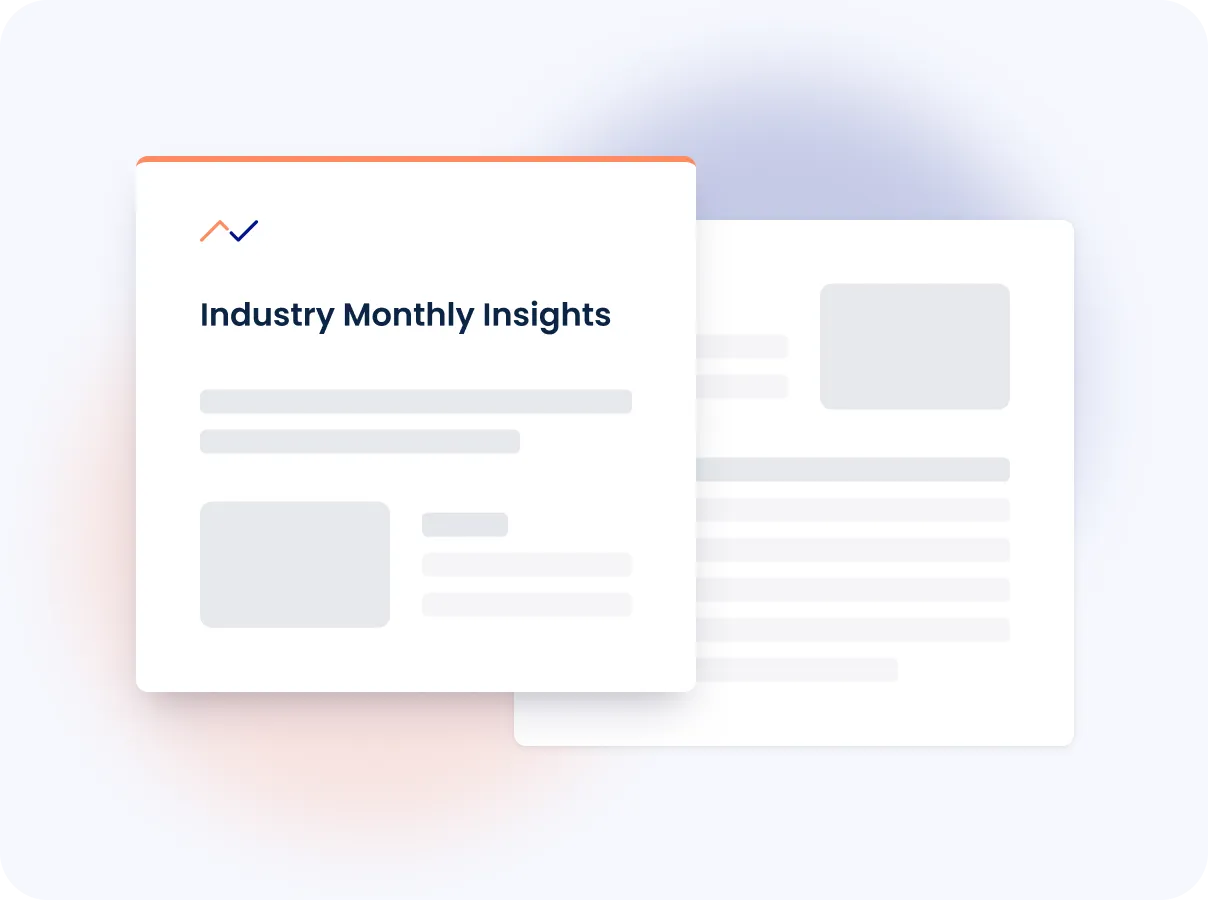It doesn’t matter if you are in production or retail, if you just entered the market or if you’re a long-time player, one thing is sure: you will encounter competitors along the way.
You can stay in your own bubble, or you can get the most out of your competitors’ data. That is where competitor profiling comes in. Why is competitor profiling important? And which data should you collect for the best result?
After reading this blog you will know:
- Which competitors to look out for;
- Which data to include in your competitor profiles;
- What are the right sources to use; and
- How this benefits your company’s performance.
What is a competitor profile?
You want to know the ins and outs about your competitors. Not just by listing the basics, but by diving into their company and observe what you see. That is competitor profiling.
To make sure this information stays organized, you create a profile on each of your (main) competitors. A file to keep up to date during the year, that gives you the power to compare yourself against your peers.
Why is competitor profiling important?
Especially in times like these, decision making should not be based on assumptions but on facts. Most companies are aware of the need for in-depth competitor knowledge in their strategic decision-making, yet it seems that the majority is not putting it into practice.
Don’t be mistaken, we know it can be quite difficult to start. When searching for information on your competitors, you often find an overwhelming amount of data. And - especially for international competitors - it can be hard to access the right sources.
Although the data gathering might be a lot of hard work, efforts pay off. The findings from your competitor analysis help you to discover new trends, prepare for launching a new product or entering a new market, and with pricing and acquisition policies.
It is important to bundle the insights you gather on your competitors into competitor profiles, to make sure you can easily apply the valuable data into your strategic decision-making.
Which competitors should you include for competitor profiling?
Since collecting all the information is a time-consuming process, which competitors should you focus on? We recommend making a list of 5-10 peers. In this case: less is not more. You want to create a diverse mix that represents your market the best. Competitors to think of:
- Competition with an identical product
- Competition with similar products
- Competition holding the major market share
- Competition that just entered the market
- Competition growing significantly
- Competition slowing down significantly
You will see that not all selected peers are precisely like yours. Maybe they target different customers now, or they operate in other regions. Don’t let that that stop you, indirect competitors can become direct competitors overnight.
Which data to analyze and the insights it will bring you
To create a solid company profile, we use a set of three building blocks. This will enable you to generate high-quality insights about the organization and the opportunities and/or threats they present.
Block 1: the company profile
In the first block we create an overview of how the company works and where it works, by listing the following details:
- Activities – what do they do and how
- Product groups
- Sales channels; f.e. retail, foodservice or industry
- Sales territories – and how big each one is
- Locations – which facilities are located where, is there a difference in offices and production
- Brief history
- Shareholders & directors - learn about recent key hires
- Group structure - is the company public or private, and what subsidiaries are connected
Block 2. the company's finances
The second block is an overview of the company’s financial status. A company’s financial profile provides crucial information. What are their key assets and liabilities? What is the overall financial status – are they flush with cash, buried in debt, or on the verge of bankruptcy? Could the organization be on the acquiring side or an acquisition target? To get a clear picture, make an overview of the following KPI's:
- Net sales
- Net sales per FTE
- Profitability & costs
- Returns & capital utilization (ROCE)
- Investments – tangible & intangible fixed assets
- Financial health – solvency, quick ratio, interest coverage ratio & EBITDA
- Working capital
- Staff
- Financial overview & balance sheet
If this is your initial collection of this information, try looking back over the past few years to identify trends.
Block 3. recent developments
In the last block, recent developments, you collect news items. Including general media like newspapers and industry or specialty press. This step is critical in building a full company profile. It helps you to confirm (or challenge) information you have gathered from other sources and builds context for your analysis.
In today’s market, that might not just be about higher net sales, but also about strenghtening your position in supplier negotiations, spotting M&A opportunities or finding new ways or places to produce more cost effectively.
Sources to use for your competitor profile
The basis for each competitor profile is in the financials of the company. If it is a public company, you shouldn’t have a problem. Their annual reports are filled at the Chamber of Commerce, or sometimes even on their own website.
Sources to prioritize include public databases, government reports, corporate publications, analyst reports, specialist and general media, subscription databases and more. Always keep in mind to keep your data clean & trustworthy.
Final thoughts
The goal of creating competitor profiles is to discover the dynamics of your competitive field. It is an ongoing process, but with the right basis, you will make sure the data starts working for you.






